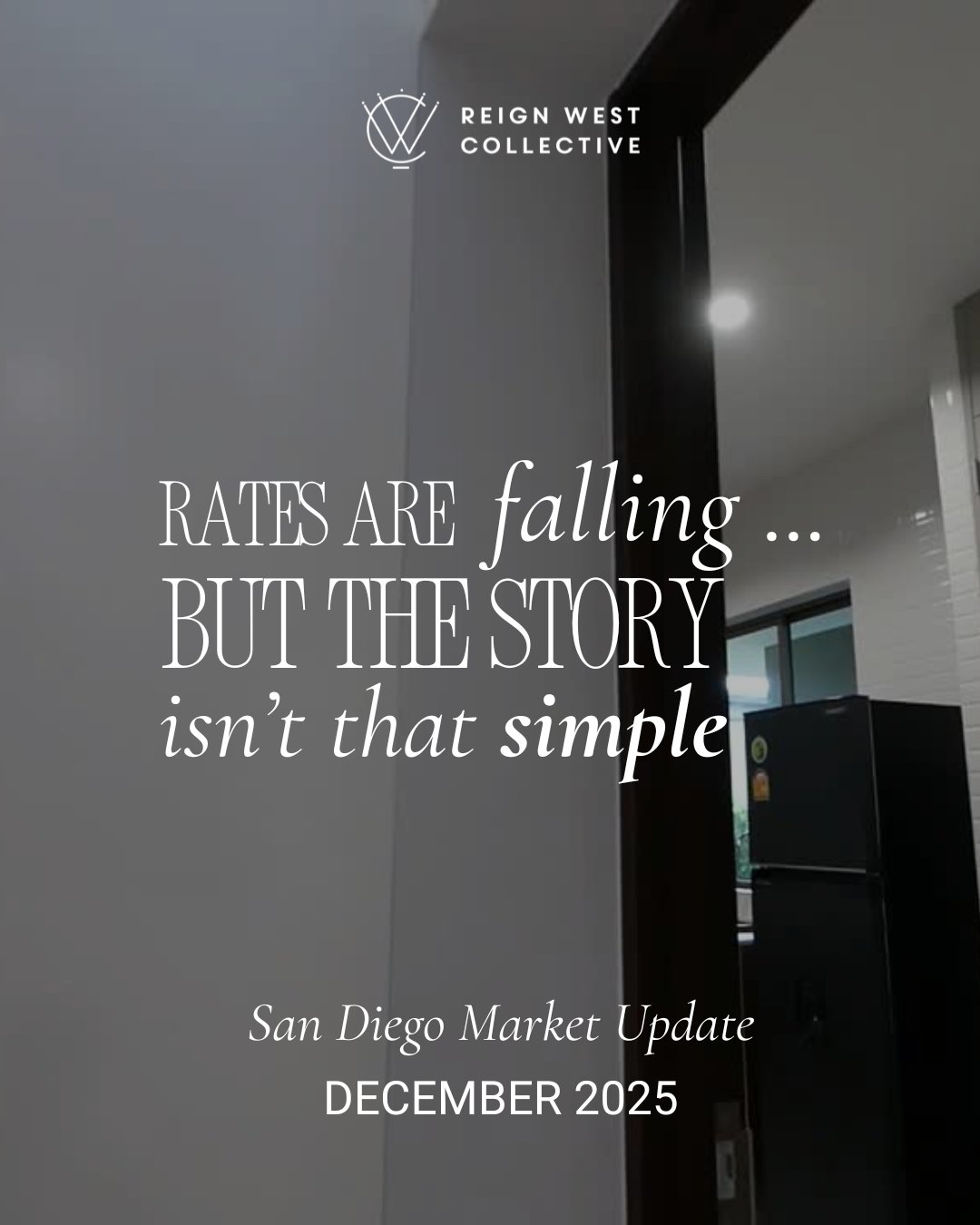Renovating a Fixer-Upper? Essential Steps for a Successful Transformation


Purchasing a fixer-upper can be an exciting opportunity to create your dream home while adding value to your investment. However, knowing where to start with renovations can be overwhelming. Prioritizing the right areas to renovate is crucial to ensure a smooth and successful transformation.
In this blog post, we will explore the first things you should look to renovate when buying a fixer-upper, helping you lay a solid foundation for your remodeling journey.
Before diving into cosmetic upgrades, it's essential to assess the structural integrity of the property. Engage the services of a professional inspector who can identify any potential issues such as foundation problems, roofing concerns, or termite damage. Addressing these critical issues early on will prevent further damage and lay the groundwork for your future renovations.
Upgrading the electrical and plumbing systems should be high on your priority list. Outdated wiring and plumbing can be both inefficient and potentially hazardous. Consider hiring a licensed electrician and plumber to inspect these systems thoroughly. Upgrading them will enhance safety, energy efficiency, and the overall functionality of your home.
The heating, ventilation, and air conditioning (HVAC) system is another significant aspect to consider. An inefficient or outdated HVAC system can lead to discomfort and increased energy bills. Consult an HVAC specialist to assess the system's condition and efficiency. Upgrading to a modern, energy-efficient system will ensure optimal indoor comfort and long-term savings.
A leaky roof can cause extensive damage if not addressed promptly. Inspect the roof for missing shingles, signs of water damage, or any structural concerns. Repairing or replacing the roof, if necessary, will protect your investment and prevent future issues. Additionally, evaluate the insulation of your home to enhance energy efficiency, temperature regulation, and soundproofing.
Old, drafty windows and doors not only affect the aesthetic appeal but can also impact energy efficiency. Replacing or refurbishing them will improve insulation, noise reduction, and enhance the overall appearance of your fixer-upper. Consider energy-efficient options to reduce utility costs and make your home more environmentally friendly.
Once you have addressed the structural and functional aspects of your fixer-upper, focus on the areas that can significantly impact your daily life: the kitchen and bathrooms. These rooms are often the heart of a home and can add significant value when renovated. Upgrade appliances, replace worn-out cabinetry, update fixtures, and consider modernizing the layout to maximize functionality and appeal.
Renovating a fixer-upper can be a rewarding endeavor, but starting on the right foot is essential. By prioritizing structural integrity, electrical and plumbing systems, HVAC, roofing and insulation, windows and doors, and key living spaces like the kitchen and bathrooms, you'll lay the foundation for a successful transformation. Remember to consult professionals and develop a comprehensive plan to achieve your renovation goals efficiently. With patience, dedication, and careful planning, you can turn your fixer-upper into a beautiful, functional, and valuable home.
Stay up to date on the latest real estate trends.

December 20, 2025

November 21, 2025

October 23, 2025

September 18, 2025

August 23, 2025

July 17, 2025

June 18, 2025

May 16, 2025

April 18, 2025
You’ve got questions and we can’t wait to answer them.